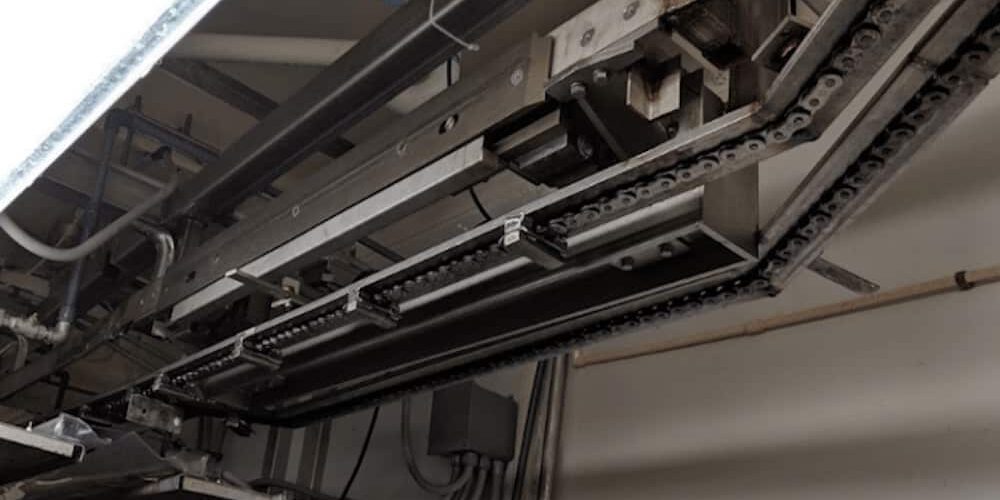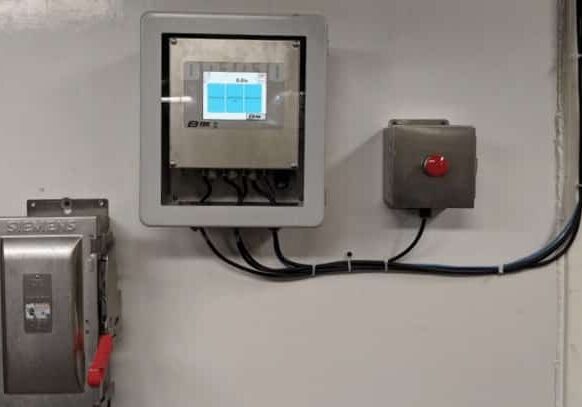When Pigs Fly, They Fly on Monorail Scales
Overview
The customer ran up to 500 or 600 hogs across the monorail system in the course of a day depending on the daily quota. The operator would inspect the hog carcass and check for rejects or compliance issues and correct them if possible. After the operator inspected the hog, they would manually fill out a paper whether it was accepted or rejected. This would repeat every 40 to 50 seconds over the course of a 10-12 hour day.

Problem
Prior to installing the monorail scale, the entire process was manual, from handwriting the daily hog reports to hand entering all of the information into their PC software system. The operator would sign their name, write the time, and make a symbol if there was an issue with the hog. The second issue they were having is they were paying their vendors off the “live” weight. The hogs are initially weighed on a livestock scale, but if the hog had a large mass or defect that must be removed, the company was paying for it. They wanted to get down to the “hung” weight which is the final weight prior to processing. This would allow them to go back to their vendors and renegotiate pricing based on a cost-analysis breakdown. If the ratio of good weight vs scrap weight is high, they are willing to pay their vendors more.
Application and Solution
We integrated an LFT in-motion monorail system in line with their chain-driven monorail system. The monorail scale system would automatically detect a new hog on the scale and average the weight over a set time period. The weight would automatically capture and store in a database for reporting purposes later down the line.
The customer showed initial concern with the in-motion scale. They had tried several things in the past and had too many headaches, such as chains getting out of sequence and binding, and carriages getting stuck. We were able to integrate the scale system and offset the chains to ensure there was never a bind. The in-motion scale system would “carry” the hog away from the main drive system. Once the hog reached the end of the scale, it would be “queued” and ready for the main drive system to catch up and continue moving it through the process. The system was also mounted directly in front of a large washbasin/enclosure. Using stainless-steel “everything”, we were able to ensure their sanitation equipment and water would not pose any issues.
Using a proximity switch, we were able to detect when the carriage was directly on the scale. Once our limit switch tripped, the system would start a countdown. During this countdown, the system would average the weight to capture the final weight. During installation and calibration, we ran several test weights across the scale and always received a weight with 2 divisions, well within their expected tolerance.

This company also implemented the same system at their Xenia plant by the Dayton Branch! Special thanks to Sean Brazill and the Fort Wayne branch for the images and text for this project.




